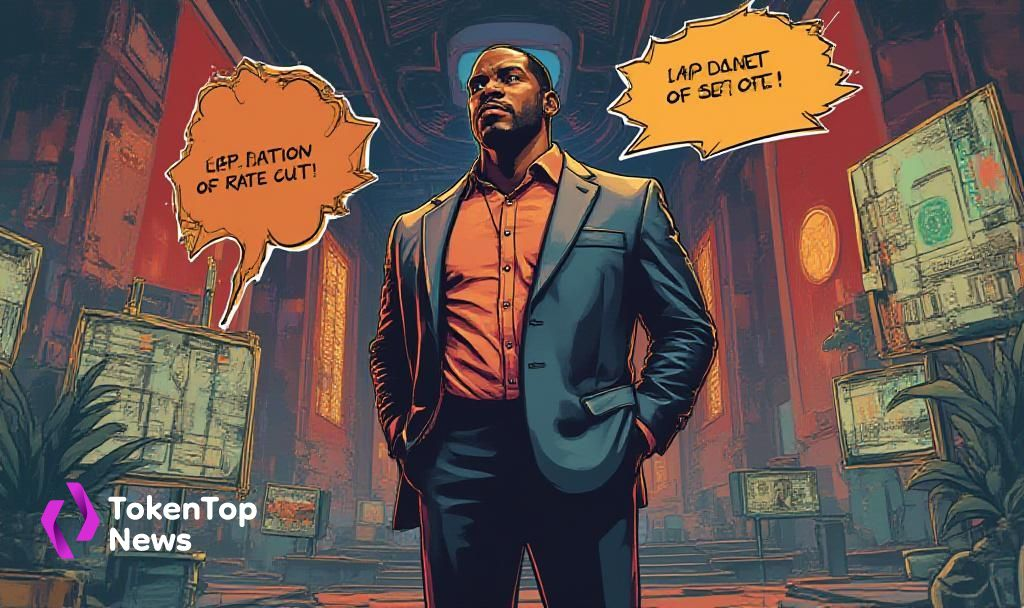Fed’s Raphael Bostic Suggests Single Rate Cut for 2025
- Main event, inflation risk, one rate cut expected.
- Bostic advises against hasty policy changes.
- Cryptocurrency markets could face challenges from tighter policies.

Raphael Bostic of the Atlanta Federal Reserve suggested a single rate cut for 2025 as inflation risks persist, he explained in June 2025.
Bostic’s stance highlights the Federal Reserve’s cautious approach amid tariff-related inflation risks, influencing market dynamics and investor strategies.
Monetary Policy Stance
Raphael Bostic’s recent statements indicate a cautious approach to monetary policy, emphasizing patience. He acknowledges persistent inflation risks from tariffs but sees no urgency for significant policy adjustments in 2025. Bostic, although not a current voting FOMC member, influences Fed’s policy outlook. His suggestion of limiting rate cuts to one reflects concerns over inflation, reflecting a departure from previous expectations.
“There is a great deal of uncertainty out there, making it quite difficult to forecast the economy with confidence. Given that, I continue to believe the best approach for monetary policy is patience…. As the economy remains broadly healthy, we have space to wait and see how the heightened uncertainty affects employment and prices. So, I am in no hurry to adjust our policy stance.” – Raphael Bostic, President and CEO, Federal Reserve Bank of Atlanta
Market Reactions
Markets may react cautiously to Bostic’s rate cut outlook, maintaining higher interest rates. This typically strengthens the U.S. dollar, impacting cryptocurrencies, which historically struggle when rate cuts are limited. Financial and cryptocurrency markets face headwinds, given the restrained rate cut outlook. Bostic’s statements underscore lingering tariff-induced inflation pressures, affecting investor sentiment and asset valuations.
Impact on Digital Assets
Federal Reserve’s policy can impact digital assets, influencing institutional forecasts and market adjustments. Bostic’s measured approach may limit immediate market volatility but does not alleviate inflation concerns. Historical trends suggest stricter macro policies may lead to cautious risk-taking in crypto. Institutional forecasts and market sentiment could evolve as uncertainty over tariff-related inflation continues. Investors might prioritize stablecoins as inflation pressures persist.




